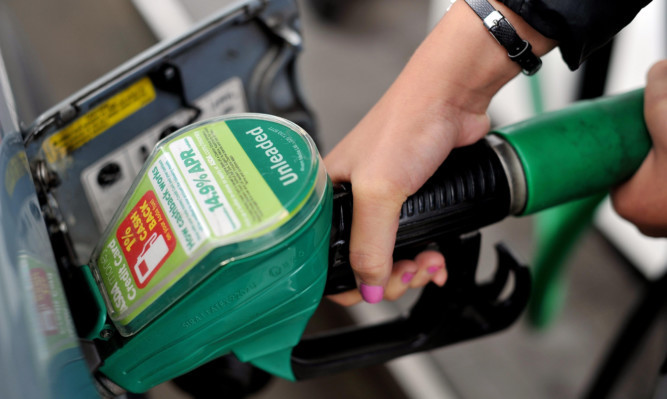An increasing number of British motorists are breaking down because their vehicle runs out of fuel, according to new research.
An estimated 827,000 drivers ran out of fuel in 2014 compared to 777,000 in the previous year.
The study, commissioned by roadside assistance service LV= Road Rescue, also claimed that 536,000 motorists ignored their vehicle’s fuel warning light, while 267,000 tended not to notice it was on.
Almost one in four motorists (24%) believed they could drive over 40 miles after the light had illuminated, although researchers found this was only possible for around half of the UK’s 10 most common cars.
Some 54% of drivers admitted to passing a petrol station despite needing to top up their tank in the hope of finding cheaper fuel elsewhere, while 67% said they never filled up to the top.
John O’Roarke, managing director of LV= Road Rescue, commented: “Having to buy expensive motorway fuel can be frustrating, but if it saves you the stress of running out of petrol and potentially causing damage to your engine then it’s worth the cost.
“Roadside assistance is there to help should a motorist find themselves in a sticky situation – but being diligent with topping up soon after the light comes on will help to avoid the headache that a breakdown can bring.”
The estimates of how many drivers ran out of fuel each year were calculated following a survey of 2,000 adults.
Some 1,524 respondents said they were regular drivers, which researchers scaled up to give a national figure of 36.37 million drivers.
The poll found that 13% had broken down at any time due to an empty tank – indicating a total of 4.9 million motorists.
When these people were asked what year they broke down, 17% said it happened in 2014 which lead to the estimated 827,000 figure nationally.
This formula was used to calculate the total of 777,000 drivers running out of fuel in 2013.
